Osteoporosis is dodgy

It has no symptoms, although it may have been developing for many years, deeply, in our bones. Suddenly after a fall, forward bend or even turning sides whilst sleeping due to thinned bones, small or debilitating fractures occur.
This is what happened to my best friend who at the age of 55, after a turn on her bed, the bones in her arm were smashed showing a very advanced osteoporosis. My friend, a heavy smoker with depression who never did any kind of exercise, died 10 days after, immobilized in a hospital’s bed and overwhelmed by tremendous pain, managed only by high dosages of morphine. My best friend was not concerned about osteoporosis because she had no symptoms, and she didn’t want to hear that osteoporosis has no symptoms.
To her memory I would like to share a few tips about osteoporosis.
Osteoporosis is characterized by low bone mass and structural deterioration of the bone tissue, leading to thinner bones and increased susceptibility to fractures, especially in the hip, in the spine and in the wrists, although any bone can be affected. Osteoporosis may not kill but the immobility due to the broken legs does, especially if someone is deconditioned in terms of body or respiration.
Osteopenia is the first stage of Osteoporosis, diagnosed by a Dexa scan measuring the bone mineral density through X-rays. Osteopenia is low bone density between 1.0-2.5 SD (standard deviation) below that of the mean level.
Osteoporosis is low bone mass 2.5 SD below of the mean level, meaning bones are fragile and prone to fractures.
In a few and simple words, bones are weakened by smoking, drinking, drugs, chronic medication as in the case of auto immune conditions or acute medication as in the case of cancer treatments, chronic inflammation and autoimmune disorders, low oxygen intake due to respiratory conditions or bad breathing pattern, very low body weight, thyroid issues. Also, after menopause, the body produces little or no oestrogen, which is essential for maintaining bone metabolism using calcium, magnesium, zinc and other bone building materials.
Bones are strengthened by good diet avoiding salt and sugar, sunlight, movement and especially weight bearing exercise. Within 10 seconds of applying stress to a bone, bone synthesis is increased.
Even 12 minutes per day, every day can make a difference.
Avoid sitting more than 4 hours in a row and keep moving, keeping the muscles energized in standing and in weight bearing postures. This is better done by having less repetitions but longer stays in postures that fire the muscles and energize the bones as a result.
The most effective practices for osteoporosis focus on strengthening the legs and spine, enhancing proprioception and balance. This is achieved by learning better ways of functional movements such as forward bending from the hips with straight spine and walking with better body and feet awareness.
A yoga therapy program is always adapted to each person, taking into account the needs and limitations as well as the lifestyle, the energy level and the other medical conditions of the individual. It is built progressively, is monitored and is further developed based on the feedback and the progress of the individual.
Still, any program for people with osteoporosis, is focusing on these simple but crucial principles:
- Spinal extension for making space between vertebrae.
- Strengthen the muscles, of the legs and mostly of the hips and of the spine.
- Enhance balance by standing postures and standing functional movements.
- Minimize kyphosis and opening the chest by strengthening the back.
- Recognize bad habits such as bending from the lower back instead of the hips.
- Avoid forward bends bending from the lower back, twists and intense side bends.
Whatever you do, keep moving and smiling.
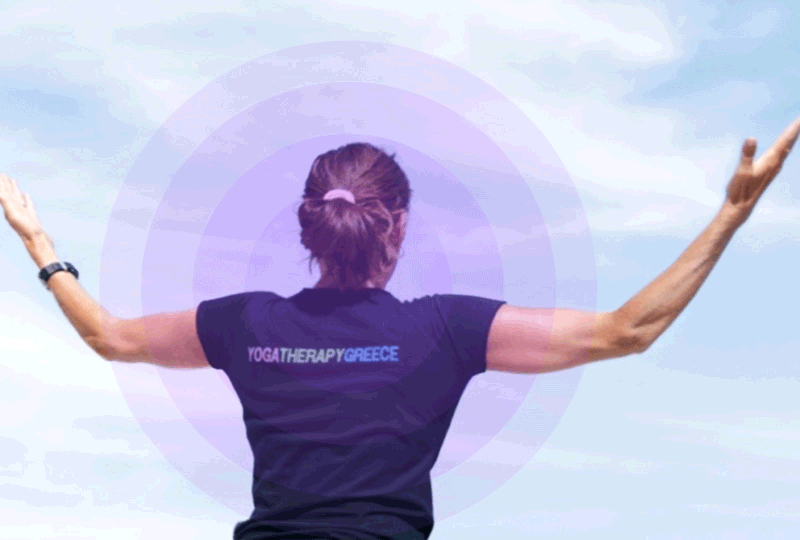

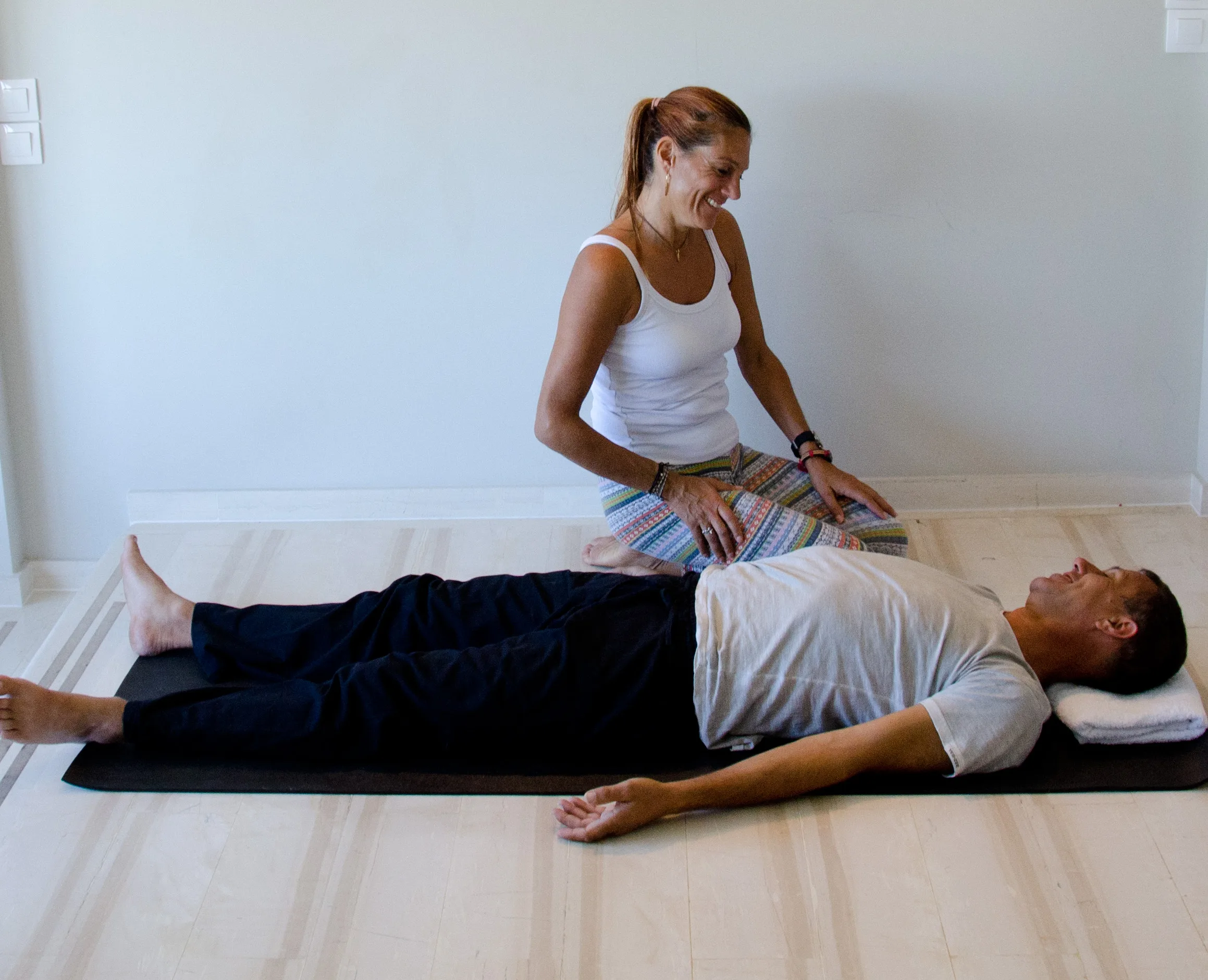


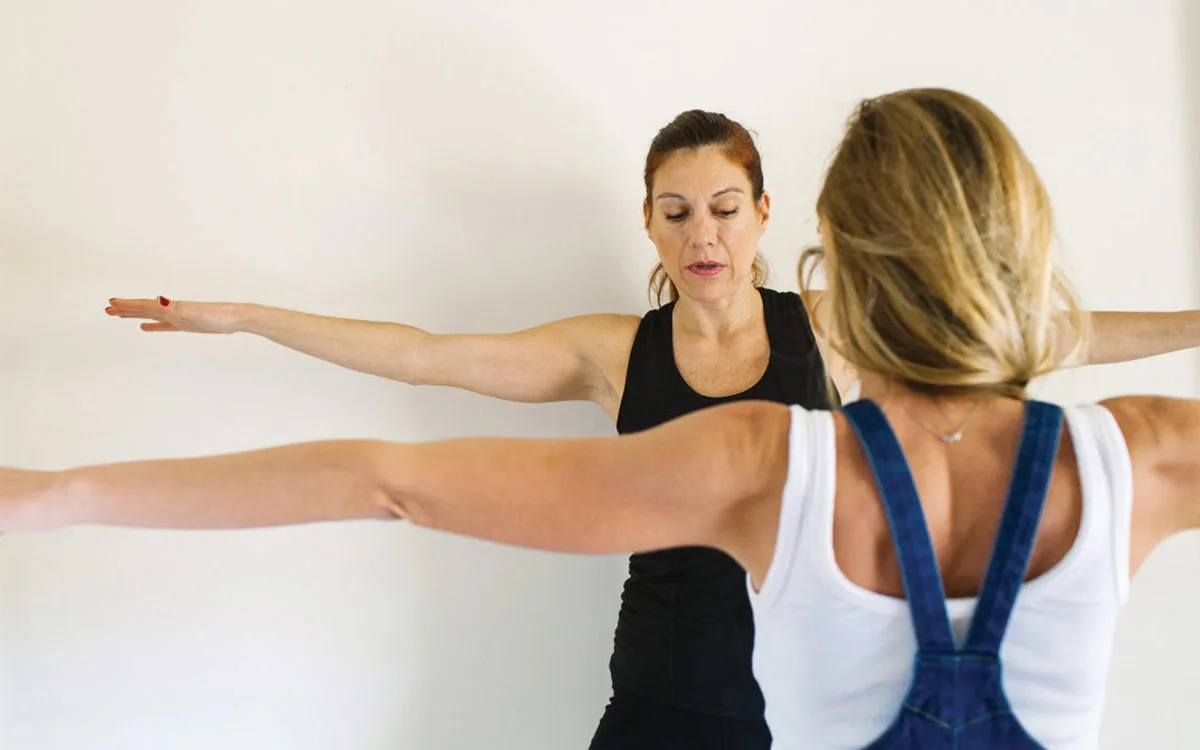
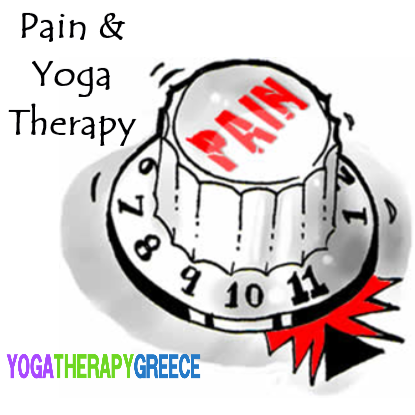
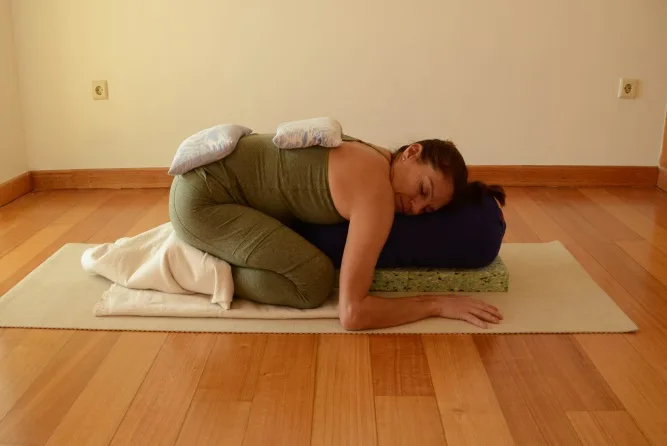
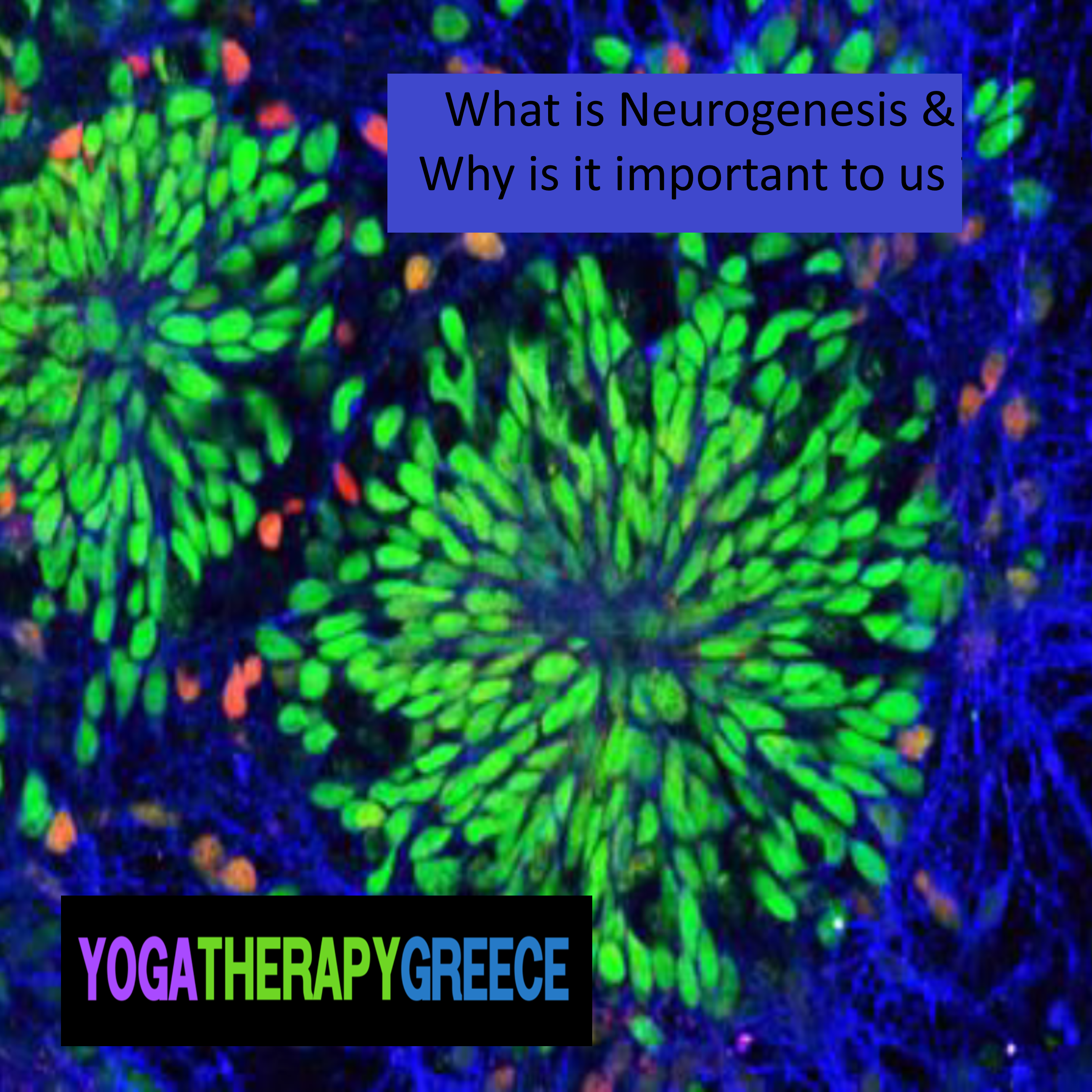

Comments